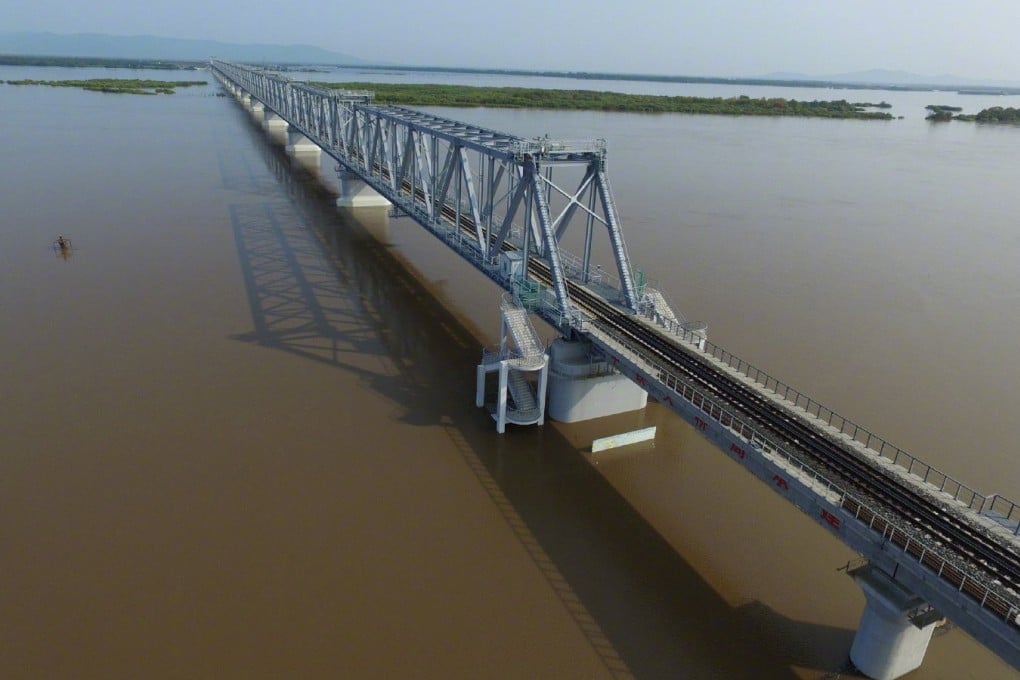Advertisement
First China-Russia railway bridge will complement ‘no limits’ relationship by boosting trade, slashing delivery times
- Update on project comes as Beijing and Moscow are under mounting international pressure following the latter’s invasion of Ukraine
- Bridge is expected to be fully operational by August, cutting the train journey from Heilongjiang to Moscow by more than 800km and 10 hours
Reading Time:2 minutes
Why you can trust SCMP
6

The Chinese side of the first cross-border railway bridge to Russia is running drills to ensure that upcoming tests go smoothly, keeping the project on track to fully open in a few months, according to official statements this week.
With an annual cargo capacity of up to 21 million tonnes, the railway bridge – first proposed back in 2007 and completed in August – is expected to significantly boost cross-border trade between the neighbours, according to state media reports on both sides.
The week’s update comes as both China and Russia are under mounting international pressure following the latter’s invasion of Ukraine and Beijing’s refusal to condemn Moscow or support Western-led sanctions against it.
Advertisement
“The bridge … is of great significance in terms of promoting the high-quality development of China-Russia trade,” says the online notice by officials in Tongjiang city, Heilongjiang province.
Costing US$355 million, the 2.2km (1.37-mile) railway bridge connects the countries across the Heilong River – known as the Amur in Russia – from Tongjiang to Nizhneleninskoye in the eastern Jewish Autonomous Oblast of Russia.
Advertisement
Advertisement
Select Voice
Choose your listening speed
Get through articles 2x faster
1.25x
250 WPM
Slow
Average
Fast
1.25x